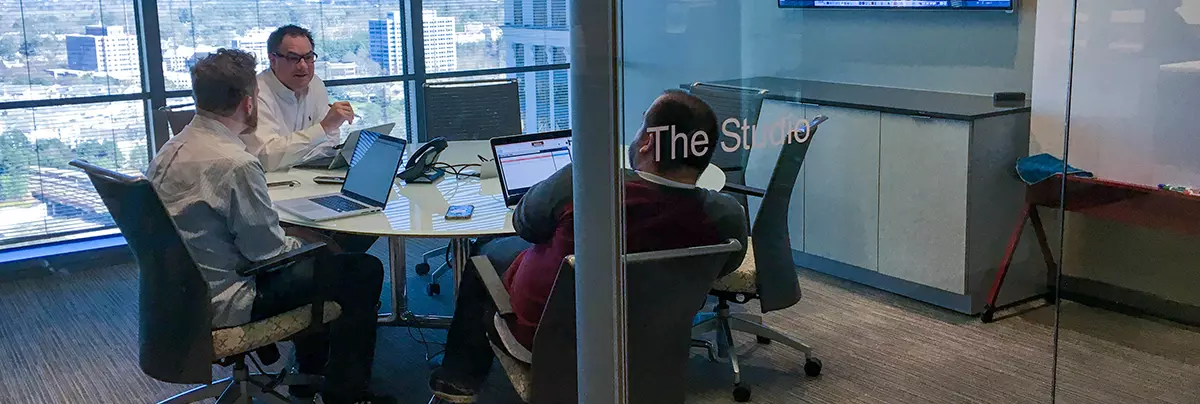
Company Culture Demystified: Reviewing Common Misconceptions
By SOLTECH
Company culture exists whether you’re intentional about it or not. Where there are people, there are values, motivators, and behaviors that guide the production of an organization, but leaving your company’s culture to manifest itself can yield unintended outcomes. Honing in on company culture, and uniting a team under a common culture, is essential for a team-driven success path.
What is Company Culture?
Before you can guide your company’s culture, you must first understand what exactly culture means for an organization. The elements and actions associated with culture, such as office layouts, recreational items, and team outings are often inaccurately perceived as culture, when, in reality, they’re the artifacts of culture, not the culture itself.
Having a ping-pong table itself does not create culture: perhaps your culture is competitive, communal, athletic, playful, and in turn you have games to support that culture.
Culture is hard to define because it encompasses the many factors that make up group human behavior; however, the more you understand the meaning, you can begin to assess the type of culture you’d like to see at your company, and in turn be intentional about the way you hire, nurture, and grow your company.
Establishing Your Culture
Think about the values that are important to the leadership, as well as the team.
If you’re able to guide these decisions, collective creation of values is a great way to garner buy-in from a team. Values can guide the direction of your culture: are you a culture of gratitude?
A culture of learning, a culture of giving? Hone in on the type of culture (or collective cultural elements) you think will best serve your team, and then create actions, collateral, and an environment that supports that culture.
Even where a culture exists, intentional guidance can get the entire team united under common motivators and add to your company’s value proposition, as well as increase the reputation you have in your community.
Saying you’re a culture of collaboration when your offices are separate, confined, and there is no easy way to communicate with your team highlights fallacy in a cultural establishment that isn’t born from the true actions of leadership.
Exercising Your Culture
Once your leadership team has honed in on the company culture they’d like to see, actions will carry out that culture in everything you do. Giving the rest of your team the why behind actions you take as an organization will create understanding, so that they, too, can carry the culture forward in their daily activities and with new teammates.
If it’s up to a single person or group of people to perpetually nurture a culture, it’s impossible. Sub-cultures will grow around common interests not tied to the organizational goals, and this type of separation can cause rifts in commitment.
If you’ve established a culture of learning or education, your actions as an organization can feed this in many ways. Perhaps you develop strong learning paths for new hires, or create a lunch and learn series focused on educating the team on new technology.
Your meeting rooms can take on names that relate to learning; and your marketing website content could be centered around educating your audience on your industry or services.
Intentionality behind all the avenues of engagement you employ, whether they are internal or external, should bear the influence of your culture, strengthening it and giving meaning to your efforts.
Defining a set of principles, values, and collective culture for your organization will bring intention to all the actions you take, and open the doors for creativity with a purpose.
Innovation and iteration flourish once your team is on a common playing field, and you open the doors to new ideas that align with your collective culture.
And in the end? Employee retention, happiness, and productivity will grow if executed effectively, as we grow increasingly more interested in making sure the workplace is fulfilling and empowering.
Download our free checklist:






